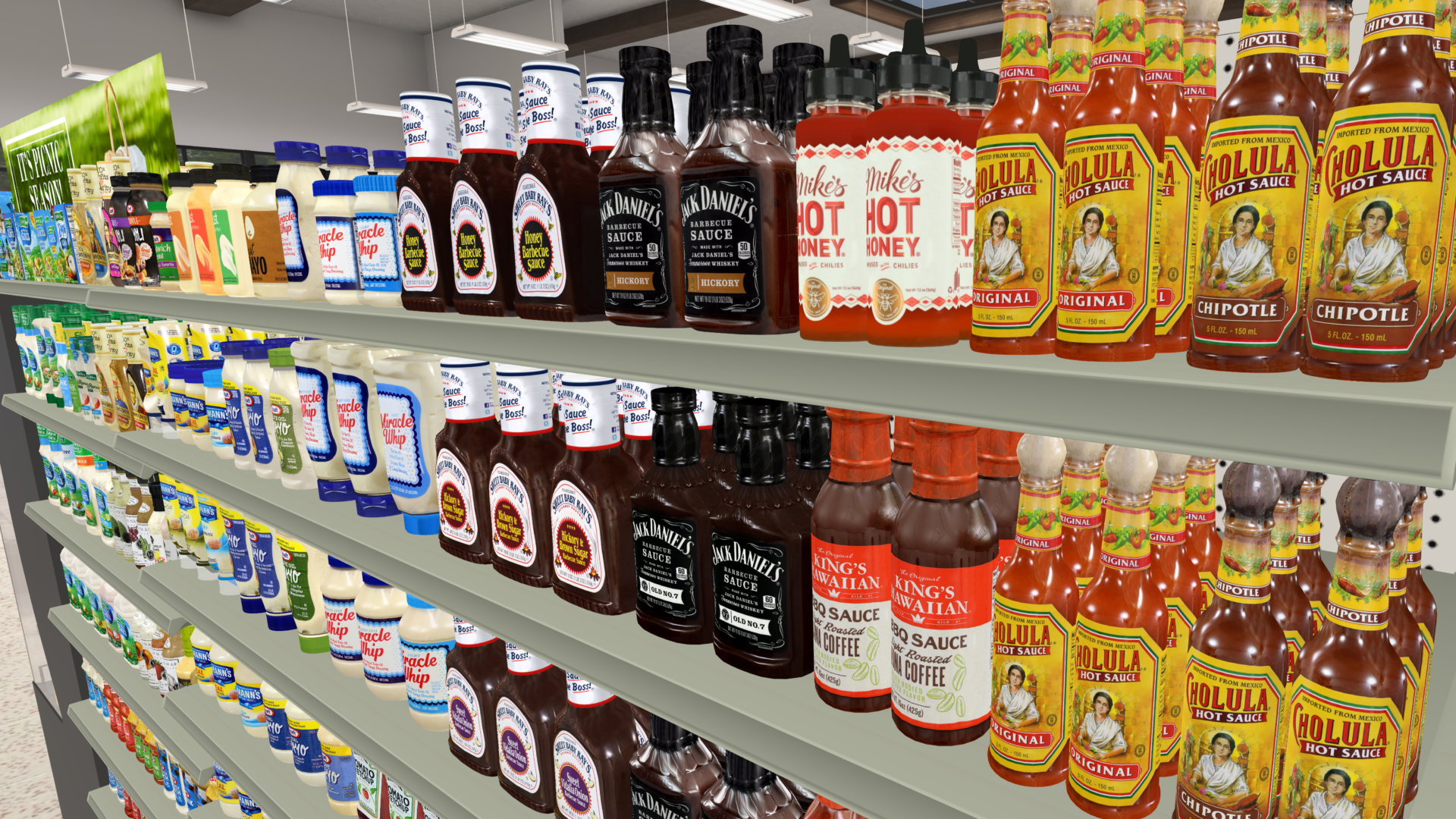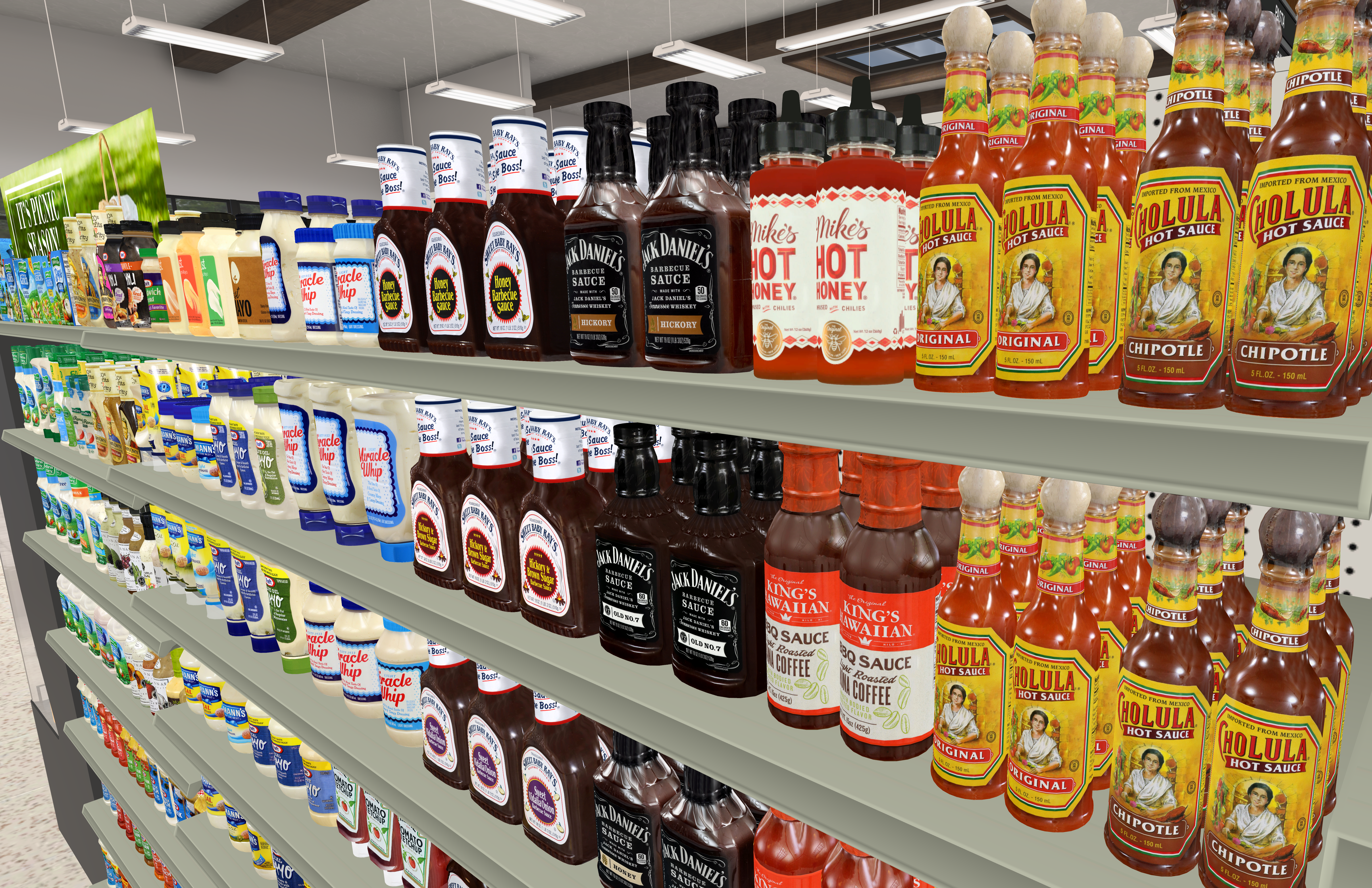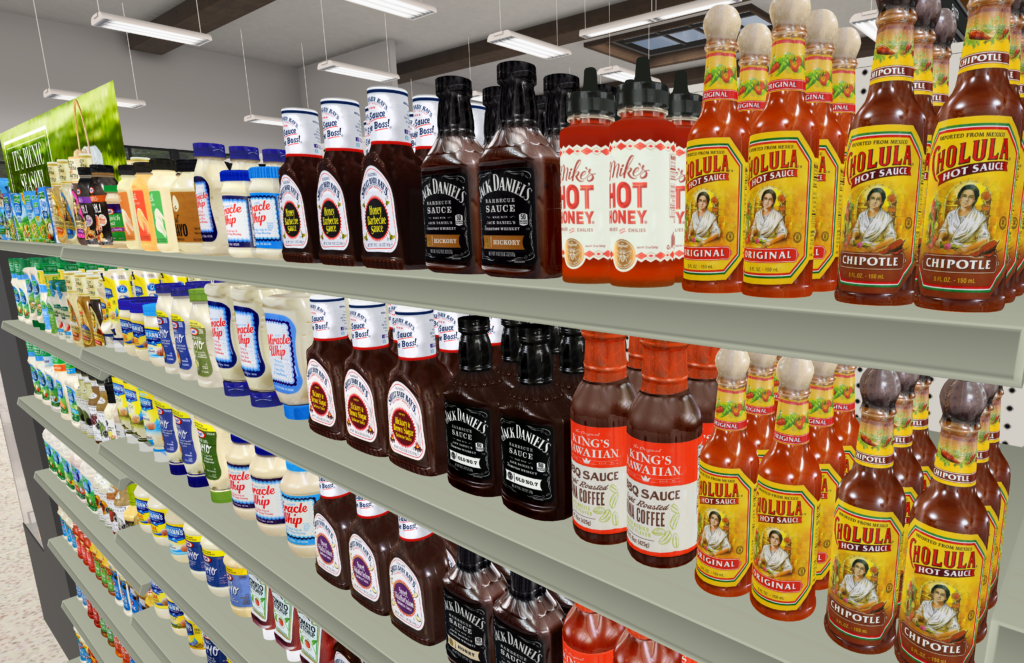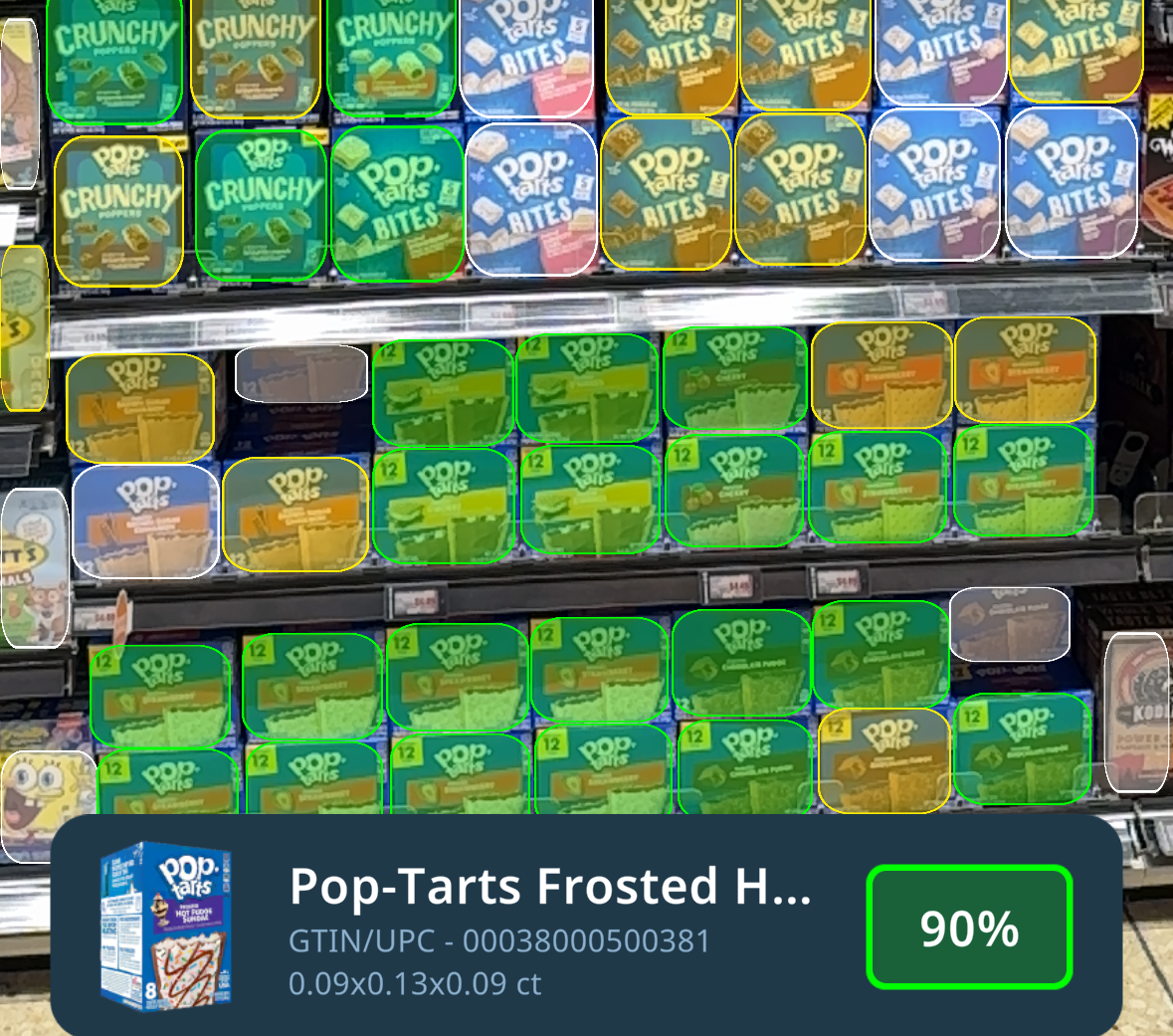As the competition in the retail industry continues to grow, retailers are always on the lookout for new ways to improve the in-store shopping experience. One way to achieve this is through the use of 3D model simulations. With the ability to create high-quality virtual environments that accurately depict supermarket shelves and displays, retailers can experiment with different store layouts and product placements in a way that was once impossible.
This blog post will explain the benefits of 3D model simulations and explore some of the different types to try in 2023. We’ll also cover ShopperMX, InContext’s top-of-the-line 3D simulation platform that helps retailers plan their store layouts.
Why a 3D model?
It can be challenging to optimize a display shelf to encourage customers to fill their supermarket cart. There are several advantages to using 3D model simulations for supermarket merchandising:
Realistic and Detailed Virtual Environment: Nowadays, we have access to high-quality 3D models created using tools like Lightwave(.lwo) and Sketchup(.skp). Most of these models are pre-made, however. With ShopperMX, Retailers can create a virtual environment that accurately represents their physical store. This allows them to visualize different store layouts, product placements, and other visual merchandising elements in a detailed way. They can experiment with different product configurations to determine the most effective layout.
Flexibility: 3D model simulations are flexible and modular. This allows retailers to quickly make changes to the virtual environment and test new scenarios. They can quickly create supermarket shelves collections to be arranged in various configurations. Retailers can also test different shelving heights and configurations to determine the best use of space. Flexibility also extends to the ability to create multiple versions of a single model and compare results.
Cost-effective: Simulations are cost-effective for testing different store layouts and strategies. Retailers can save money by using 3D models instead of building physical mock-ups or prototypes. They can run countless tests without investing in expensive physical materials. Rearranging a supermarket display also costs you in terms of employee time, but 3D model simulations enable you to do this quickly and easily.
Data Analysis: Virtual shopper testing collects data on customer movements and product interactions in the virtual store. Retailers can use it to make informed decisions about store layouts and merchandising strategies. They can adjust polygons, vertices, and other metrics to determine the most effective product placements. Retailers can use this data to optimize the placement of products and improve the overall shopping experience.
High-Quality Renders: A high-quality render is a photorealistic representation of the 3D model that accurately simulates lighting, shadows, materials, and textures to create a realistic and immersive virtual environment. Tools like Mentalray allow retailers to create high-quality lighting in their 3D models. This enables them to accurately capture the look and feel of their store environment. Note that high-quality renders also require a powerful computer and lots of RAM. InContext offers its own 3D model simulation technology.
For a fraction of the cost of a powerful setup, retailers can get an accurate representation of their store environment and data analytics. We make it easy to make informed decisions about merchandising strategies. High quality renderings can also be used to communicate these ideas to stakeholders.
What types of 3D model simulations can you try?
Retailers can use several types of simulations to optimize their supermarket merchandising strategies. These simulations are incredibly valuable in the planning process. They can help you make informed decisions about their store layout and overall shopping experience.
Here are a few examples of the different types of 3D model simulations that retailers can try.
Shelf space optimization
The first step in maximizing your shelf arrangement is creating 3D models of supermarket racks, shelves, and gondolas. Retailers can then test different arrangements to optimize supermarket shelf 3D space. They can experiment with product placements to ensure products are visible to customers. This strategy is very valuable for retailers looking to maximize their inventory and increase sales.
For example, a supermarket chain may want to introduce a new product line. But first, they must determine the best placement for these products on their shelves. By using a 3D model simulation, they can test different product configurations to determine the most effective layout.
Retailers can also easily download different models for their supermarket products in 3D formats like STL, CGAxis, DXF, and more. It’s the same process as model download sites like Turbosquid.
Store layout model
Creating a 3D model of the entire grocery store, including walls, aisles, checkout, and display racks is an important step. This comprehensive approach allows retailers to optimize the flow of customers through the store. For instance, the model can determine the most efficient checkout setup for their customers. From queue management to impulse product placement, retailers control it all.
A supermarket chain looking to redesign its store or open a new location can experiment with different layouts to create a seamless shopping experience for its customers. It will show you how shoppers move about throughout the store and if there are any potential bottlenecks.
Visual merchandising
The ultimate goal of supermarket shelf merchandising is to attract customers and promote sales. 3D model simulations can be used to create visually appealing displays. This is particularly valuable for retailers looking to promote a specific product line or offer. For example, the bakery section may want to promote its bread and other baked goods.
They can experiment with different visuals, placements, and messaging with InContext. Eventually, they’ll find the most engaging and effective visual merchandising strategy. They might also want to create a “hero” product that’s prominently displayed on their shelves. These hero products are the ones consumers are most likely to purchase. You can create a 3D model of the hero product and test different placements to find the most successful one.
Signage and display model
In a similar vein, retailers can experiment with signage and displays. Everything can be customized, including banners, shelves, and racks. Testing is done to determine the most effective placement of promotional and sales signage. From the various fonts available to the layout and color scheme, retailers can draw attention to specific product lines or offers.
Signage is one of the most expensive parts of store planning and refurbishment. By using 3D simulations, retailers can minimize costs associated with signage and displays while still creating an effective shopping experience for their customers.
Explore your 3D model options with InContext virtual retail simulations
Utilizing different types of 3D model simulations, retailers can optimize their supermarket merchandising strategies and create an improved customer shopping experience. These simulations can save retailers significant time and money. Only once these changes are perfect do they implement them in a physical store.
InContext offers various 3D model simulations to help retailers optimize their store layouts and displays. We implement the latest technologies, including lighting and HDRI, to create realistic, easy-to-use models. Shopper MX is our trademarked virtual retail simulator and provides a comprehensive solution for retailers to test different layouts and strategies before they go live in the store. With our extensive library of digital store twins, 3D products, and SKUs, the possibilities are endless.
Start experimenting today with 3D model simulations and see how supermarkets can benefit from this powerful technology. Contact InContext to learn more about our virtual retail simulator, ShopperMX. With our help, you’ll be ready to take your supermarket shelves to the next level in 2023.






